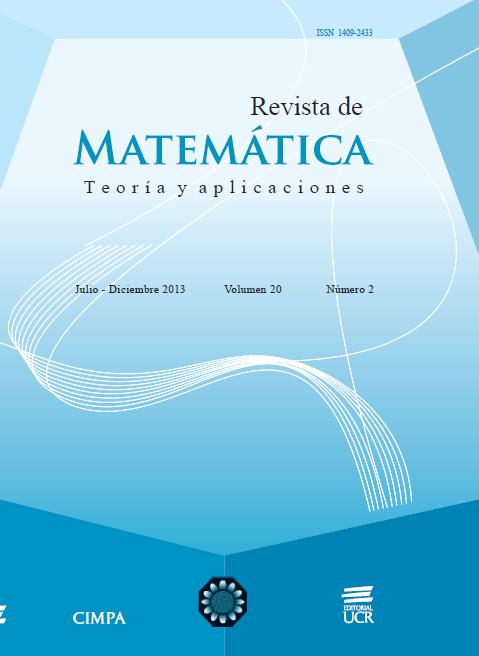Abstract
This paper presents didactic strategies in a ludic tone to explore the methodology of Monte Carlo and analizes the implementations that have been performed in several educational scenarios. These proposals allow us to put into action concepts of probability and statistics in an amusing and attractive way by conducting cooperative “experiments-games” that are based on the use of real and virtual objects. Each strategy is aimed to teachers of high school and teacher training institutes, and also for early stages at University level, in order to be modified, recreated, and enhanced according to the specific areas of application.
References
Jacovkis, P. (2004) “Computadoras, modelización matemática y ciencia experimental”, Mecánica Computacional XXIII: 2747–2758.
Cornejo, J. N. (2006) “La enseñanza de la ciencia y la tecnología en la escuela argentina (1880-2000): Un análisis de los textos”, Enseñanza de las Ciencias 24: 357–370.
Navone, H.D.; Scancich, M.; Melita, J.; Barbarach, N.; Martiñena, O.; Aquilano, R. (2010) “Ciencia escolar y juego: Una aproximación lúdica a la metodología de Monte Carlo”, Memorias I Jornada de Investigación Participativa en Educación, Dolores, Buenos Aires.
Dias de Deus, J.; Pimenta M.; Noronha, A.; Peña, T.; Brogueira, P. (2001) Introducción a la Física. McGraw-Hill, Madrid.
Landau, R.H.; Páez Mejía, M.J. (1997) Computational Physics. John Wiley & Sons, New York.
Jain, S. (1992) Monte Carlo Simulations of Disordered Systems. World Scientific, Londres.
Navarro, J. (2011) Los Secretos del Número π. EDITEC, Rodesa (España).
Navone, H.D.; Turner, P.A. (2008) “Física computacional en el nivel medio: ¿Una asignatura pendiente?”, Revista de Enseñanza de la Física 21: 61–74.
Freire, P. (2005) Pedagogía de la autonomı́a. Siglo XXI, Buenos Aires.
Pasquali, R. (2011) “Cuando la naturaleza juega a los dados”, en: http://www.educ.ar/educar/cuando-la-naturaleza-juega-a-los-dados.html, consultado el 13/02/2012, 20:54.
Resnick, R.; Halliday, D.; Krane, K.S. (2008) Física. Grupo Editorial Patria, México.
Jou, D.; Llebot, J.E.; Pérez García, C. (1995) Física para Ciencias de la Vida. McGraw-Hill, Madrid.

This work is licensed under a Creative Commons Attribution-NonCommercial-ShareAlike 4.0 International License.
Copyright (c) 2013 Revista de Matemática: Teoría y Aplicaciones
